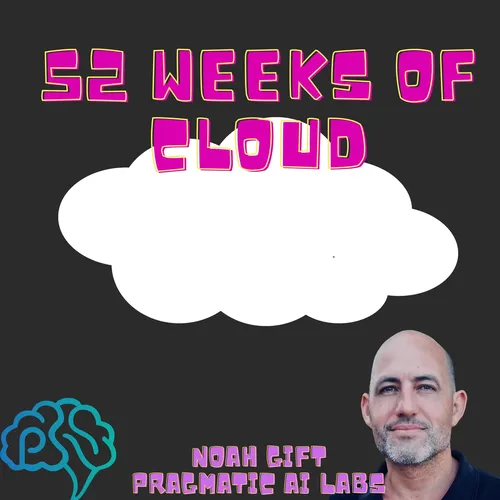Logging and Tracing Are Data Science For Production Software
- Author
- Pragmatic AI Labs
- Published
- Wed 26 Feb 2025
- Episode Link
- podcast.paiml.com
Tracing vs. Logging in Production Systems
Core Concepts
- Logging & Tracing = "Data Science for Production Software"
- Essential for understanding system behavior at scale
- Provides insights when services are invoked millions of times monthly
- Often overlooked by beginners focused solely on functionality
Fundamental Differences
Logging
- Point-in-time event records
- Captures discrete events without inherent relationships
- Traditionally unstructured/semi-structured text
- Stateless: each log line exists independently
- Examples: errors, state changes, transactions
Tracing
- Request-scoped observation across system boundaries
- Maps relationships between operations with timing data
- Contains parent-child hierarchies
- Stateful: spans relate to each other within context
- Examples: end-to-end request flows, cross-service dependencies
Technical Implementation
Logging Implementation
- Levels: ERROR, WARN, INFO, DEBUG
- Manual context addition (critical for meaningful analysis)
- Storage optimized for text search and pattern matching
- Advantage: simplicity, low overhead, toggleable verbosity
Tracing Implementation
- Spans represent operations with start/end times
- Context propagation via headers or messaging metadata
- Sampling decisions at trace inception
- Storage optimized for causal graphs and timing analysis
- Higher network overhead and integration complexity
Use Cases
When to Use Logging
- Component-specific debugging
- Audit trail requirements
- Simple deployment architectures
- Resource-constrained environments
When to Use Tracing
- Performance bottleneck identification
- Distributed transaction monitoring
- Root cause analysis across service boundaries
- Microservice and serverless architectures
Modern Convergence
Structured Logging
- JSON formats enable better analysis and metrics generation
- Correlation IDs link related events
Unified Observability
- OpenTelemetry combines metrics, logs, and traces
- Context propagation standardization
- Multiple views of system behavior (CPU, logs, transaction flow)
Rust Implementation
Logging Foundation
logcrate: de facto standard- Log macros:
error!,warn!,info!,debug!,trace! - Environmental configuration for level toggling
Tracing Infrastructure
tracingcrate for next-generation instrumentationinstrument,span!,event!macros- Subscriber model for telemetry processing
- Native integration with async ecosystem (Tokio)
- Web framework support (Actix, etc.)
Key Implementation Consideration
- Transaction IDs
- Critical for linking events across distributed services
- Must span entire request lifecycle
- Enables correlation of multi-step operations
🔥 Hot Course Offers:
- 🤖 Master GenAI Engineering - Build Production AI Systems
- 🦀 Learn Professional Rust - Industry-Grade Development
- 📊 AWS AI & Analytics - Scale Your ML in Cloud
- ⚡ Production GenAI on AWS - Deploy at Enterprise Scale
- 🛠️ Rust DevOps Mastery - Automate Everything
🚀 Level Up Your Career:
- 💼 Production ML Program - Complete MLOps & Cloud Mastery
- 🎯 Start Learning Now - Fast-Track Your ML Career
- 🏢 Trusted by Fortune 500 Teams
Learn end-to-end ML engineering from industry veterans at PAIML.COM
